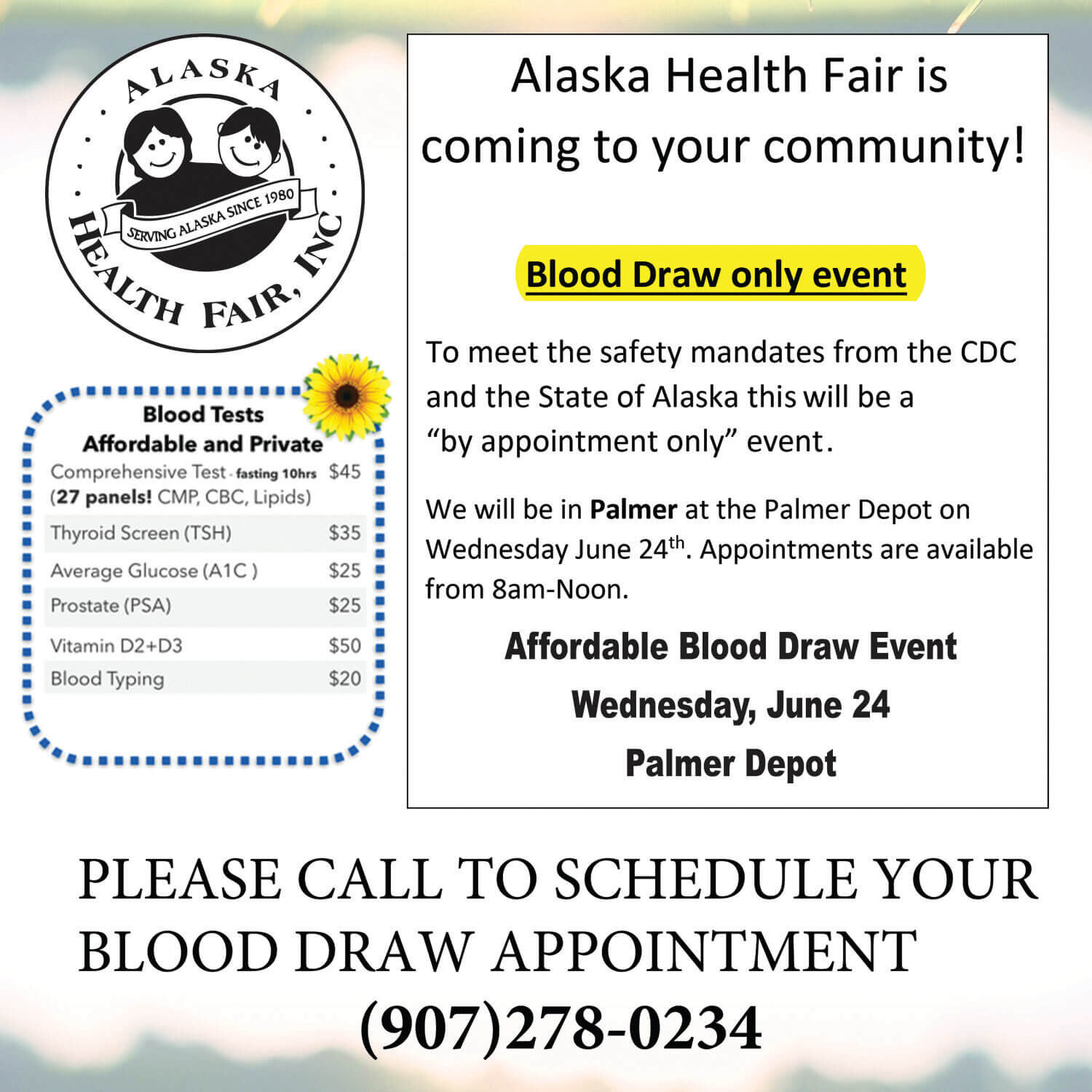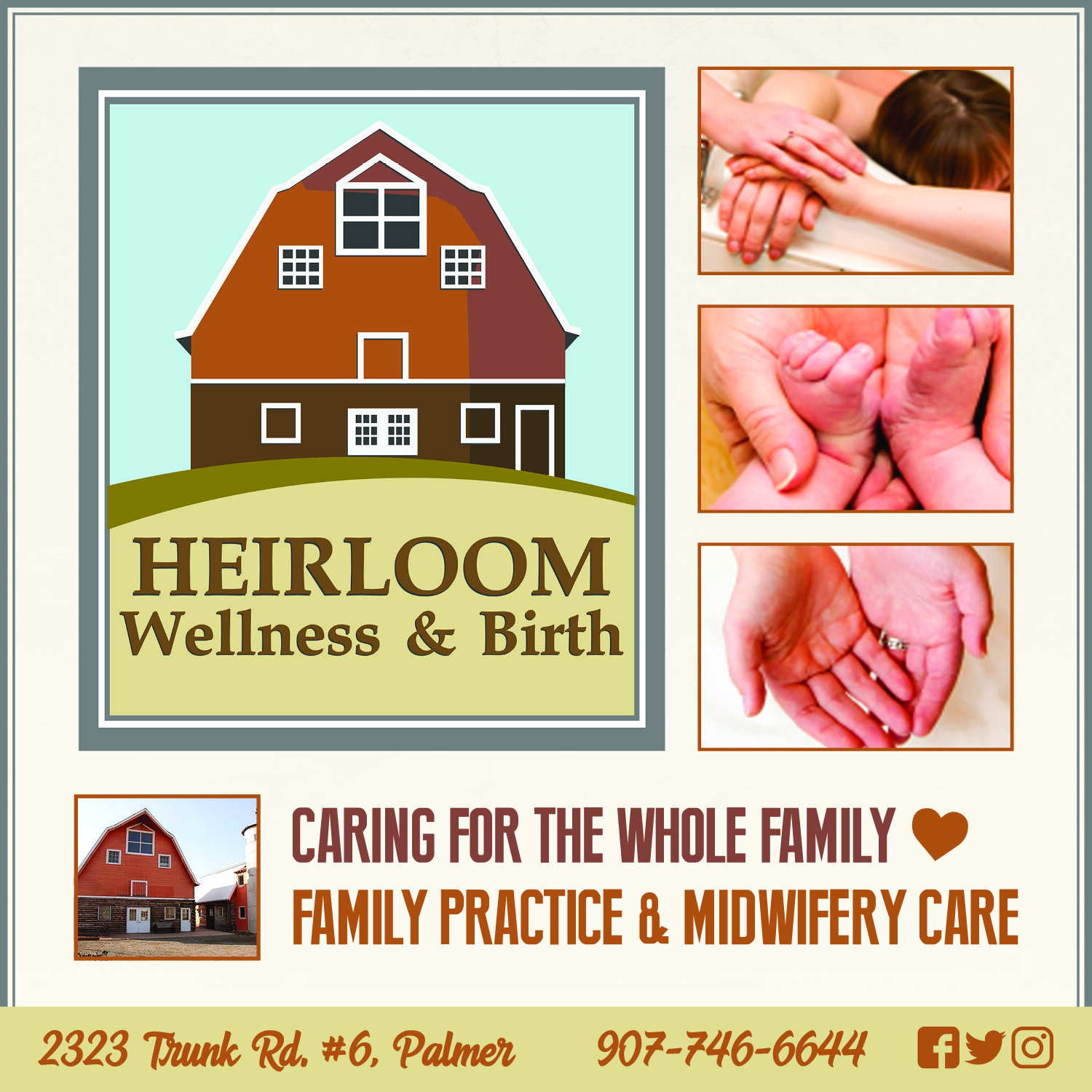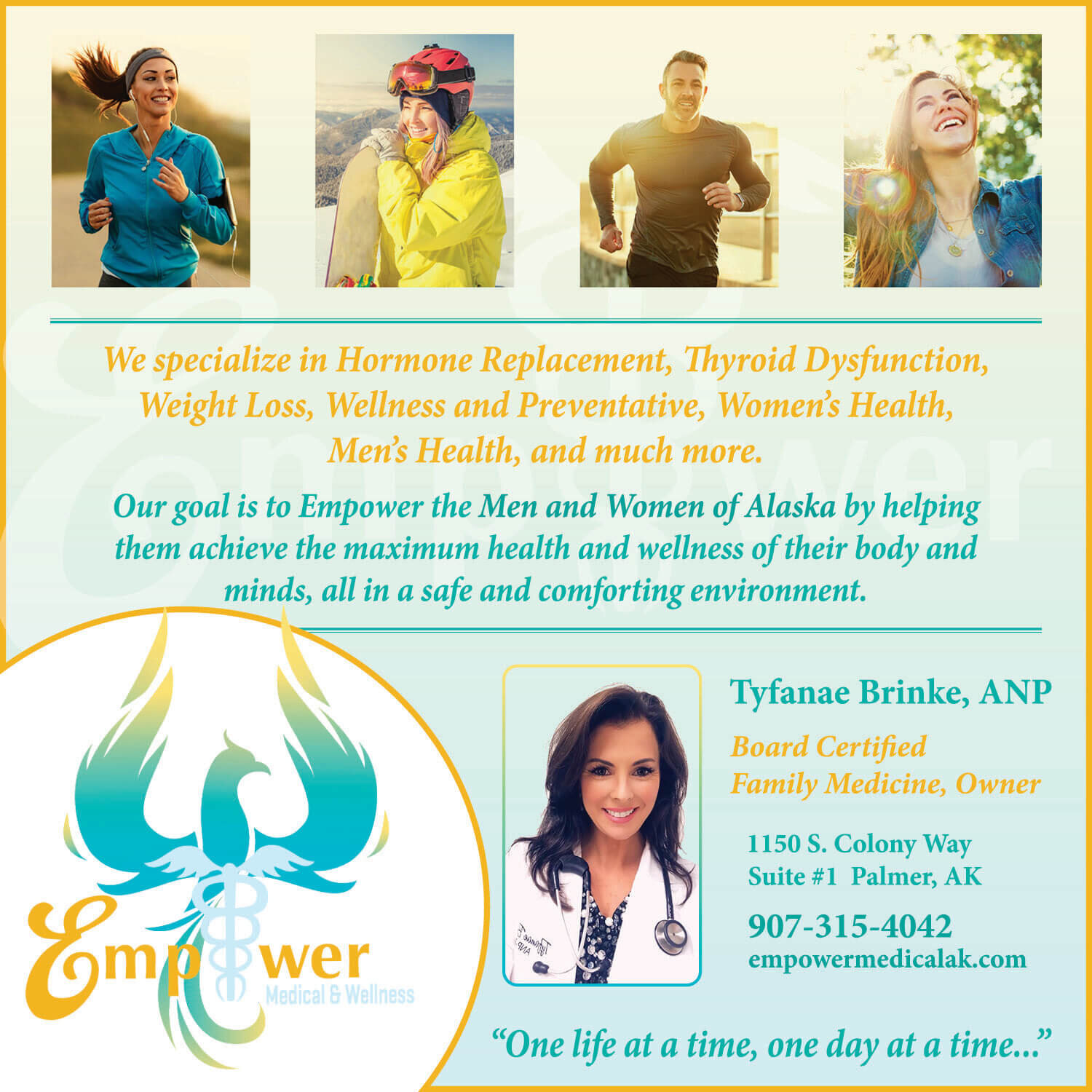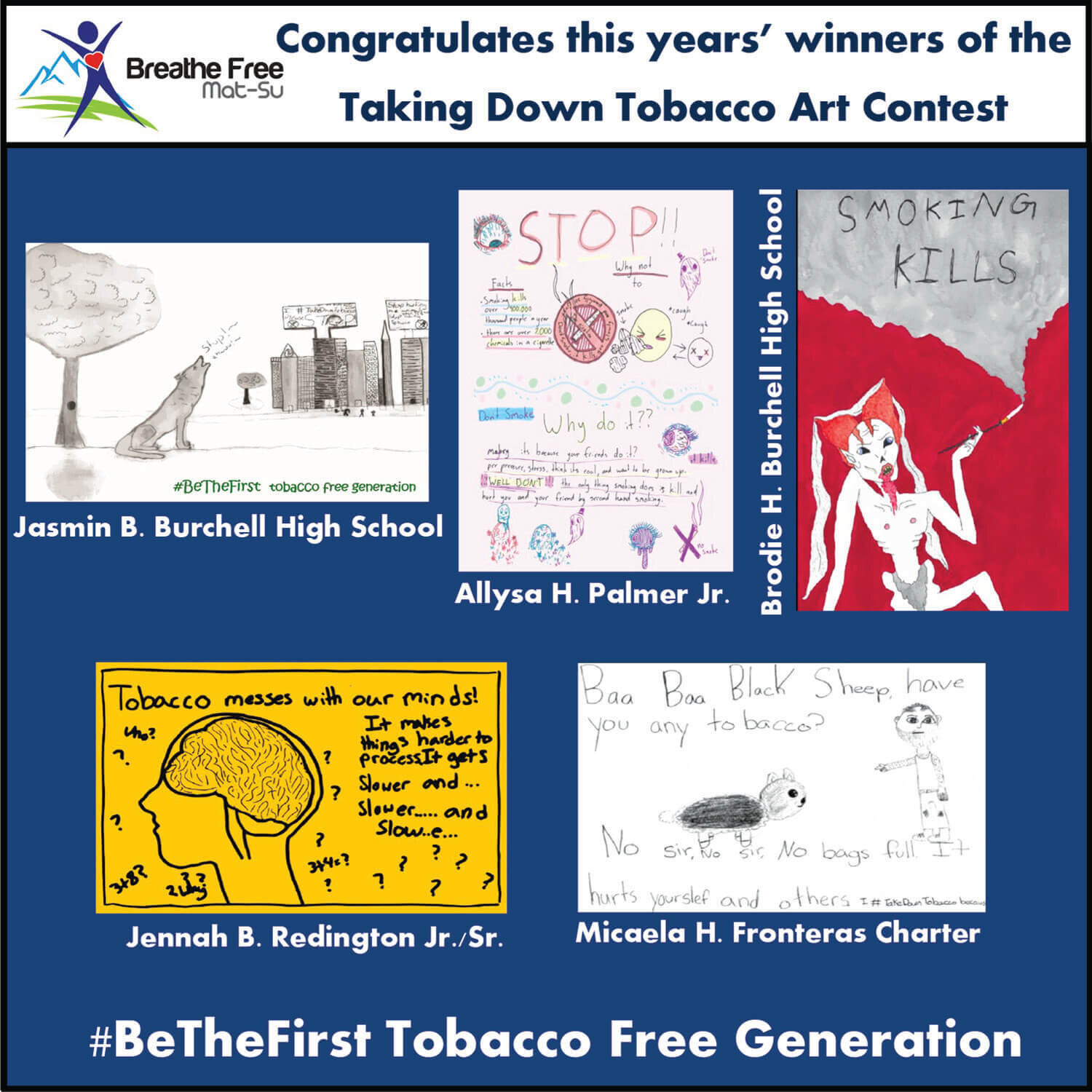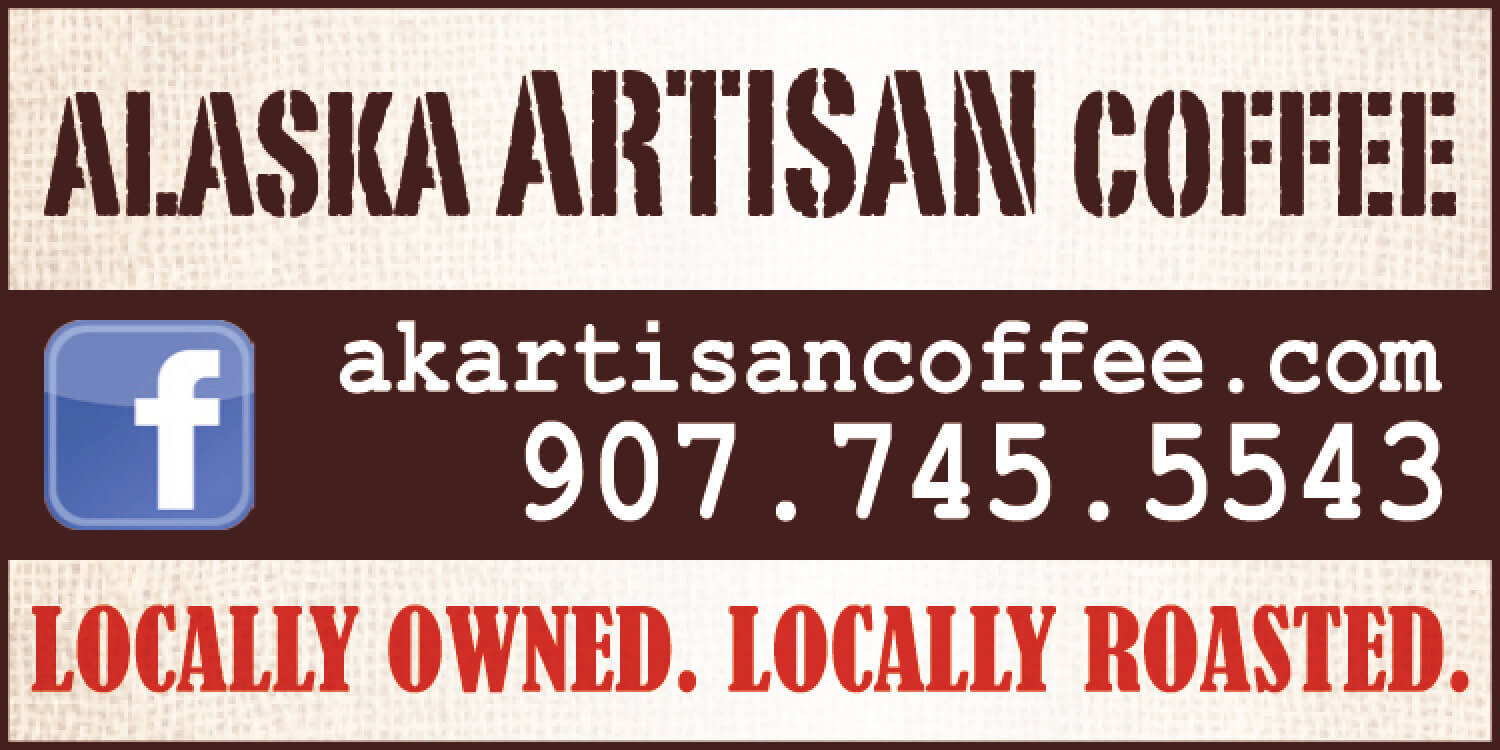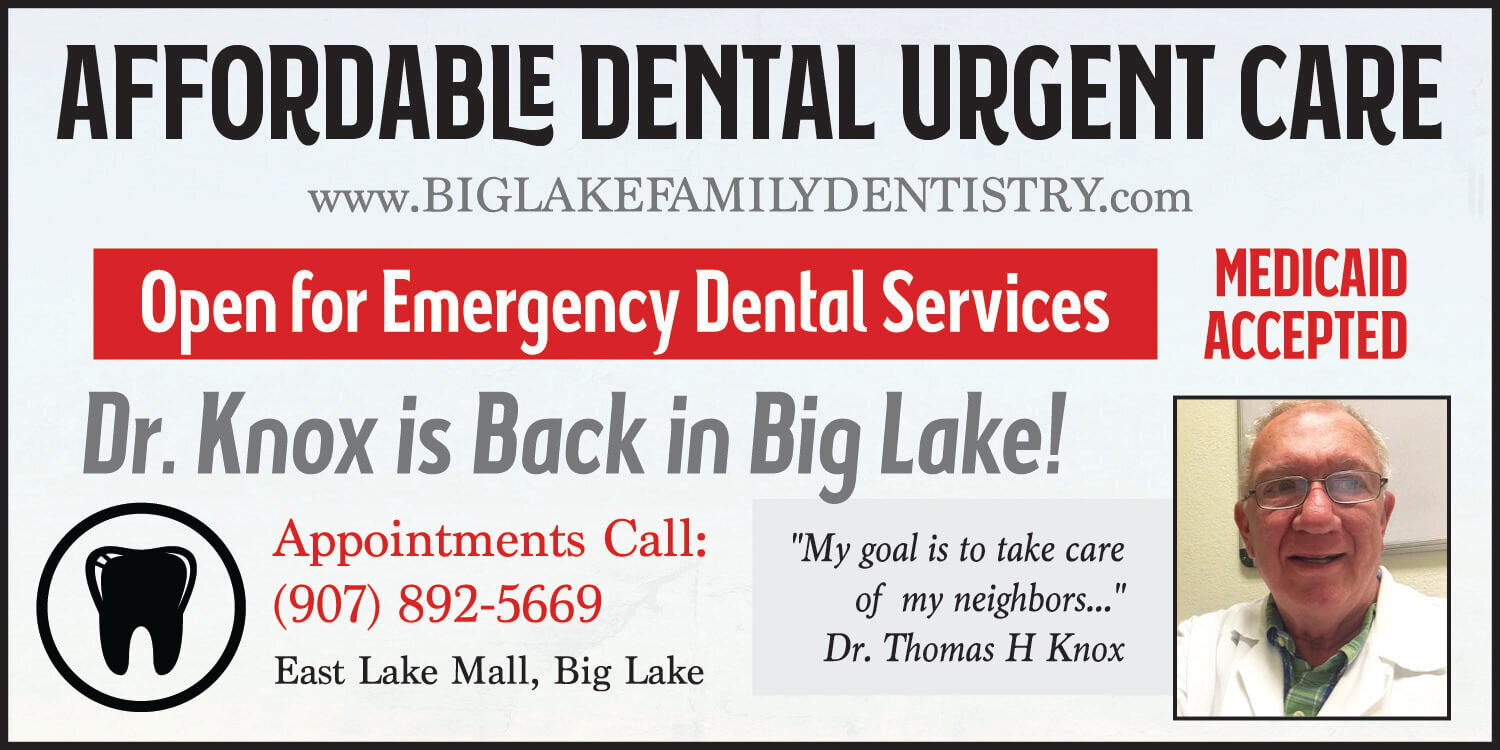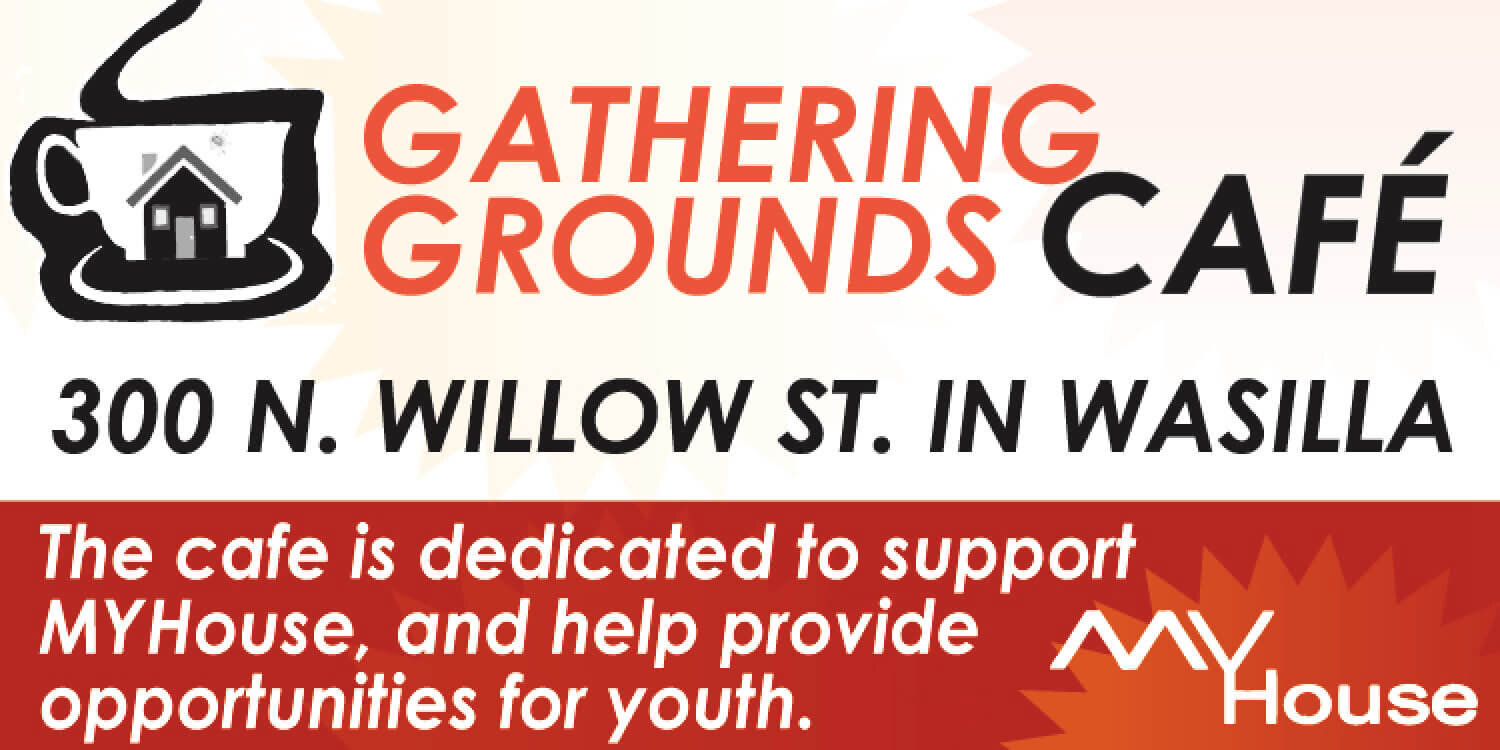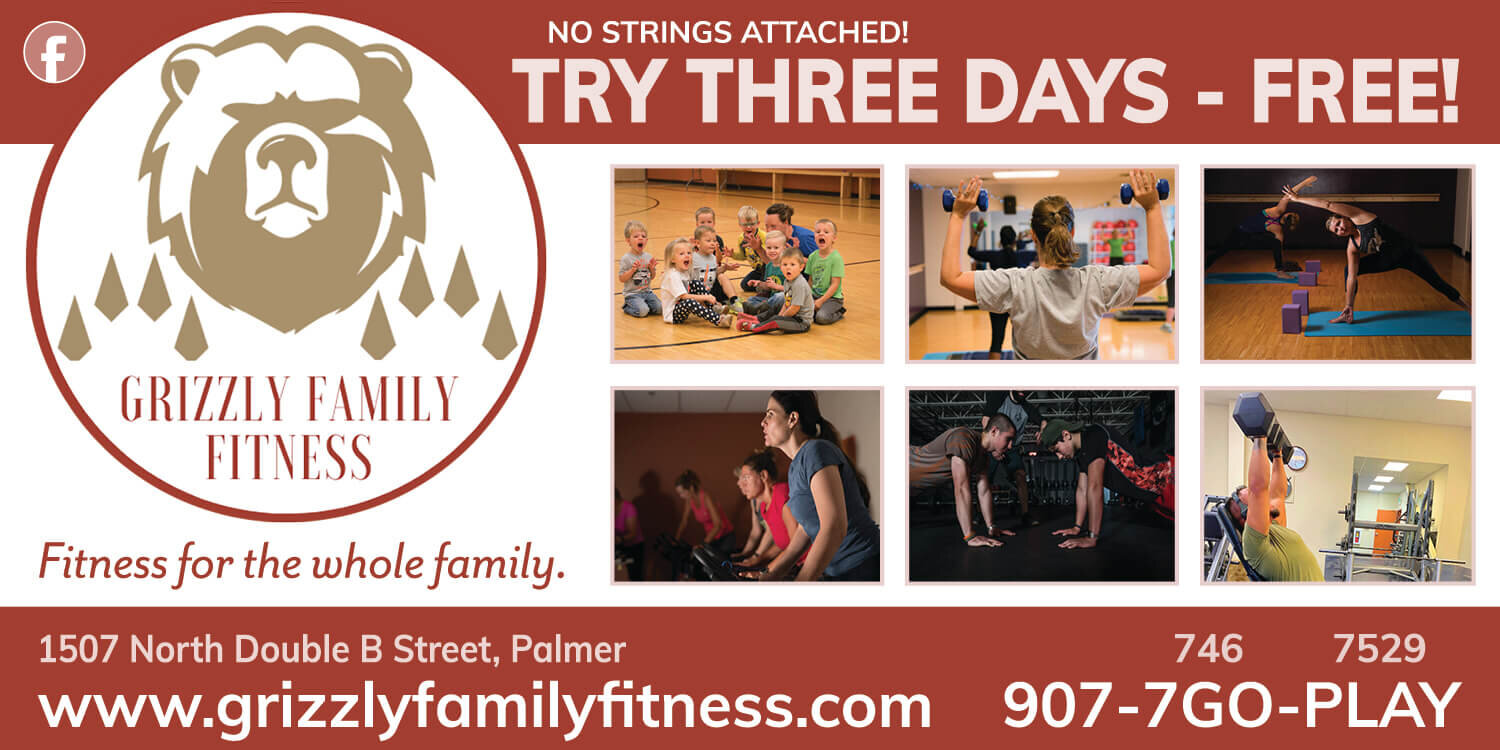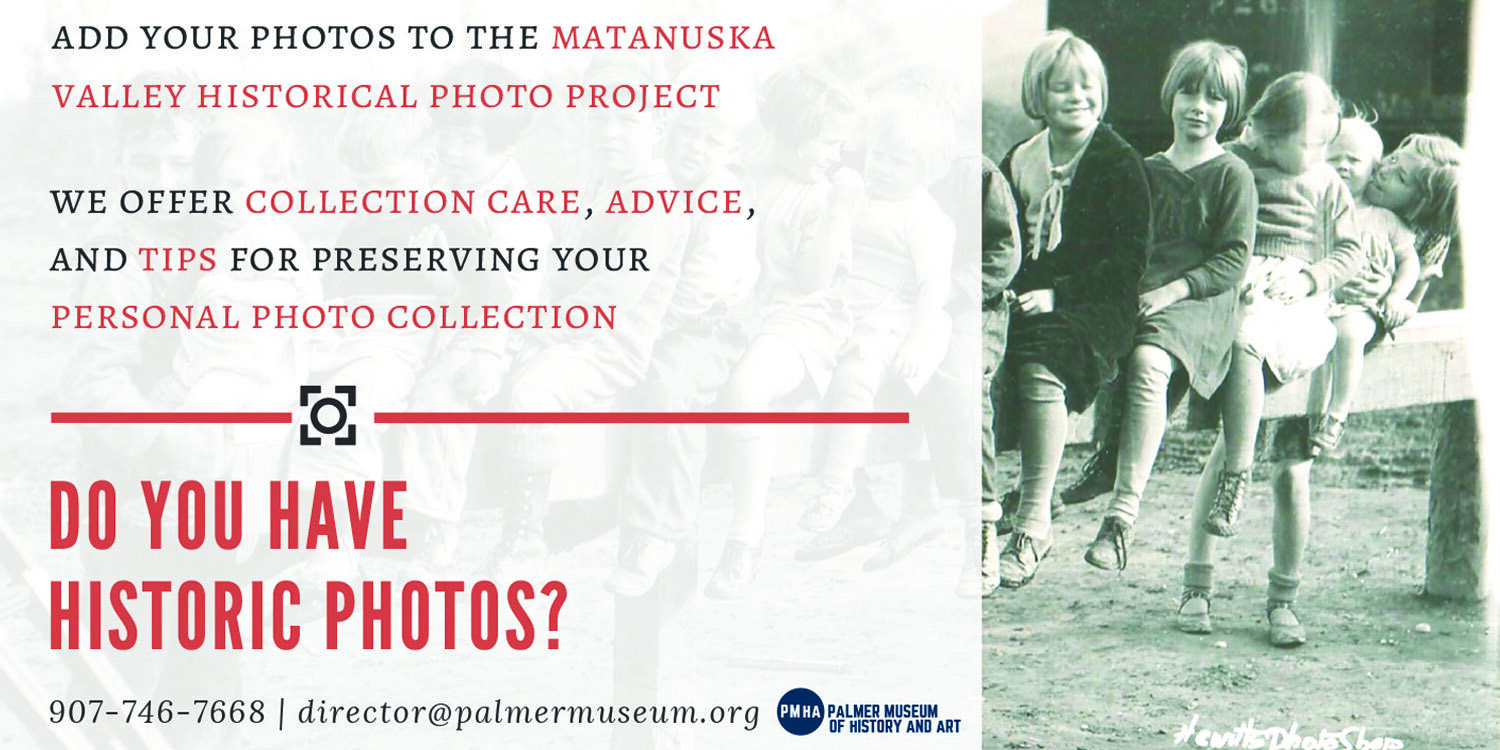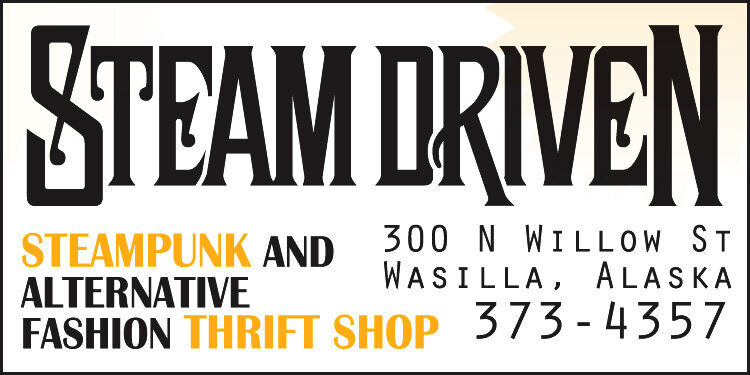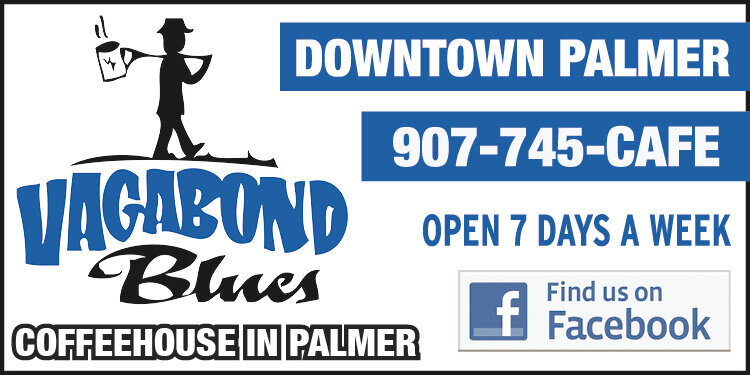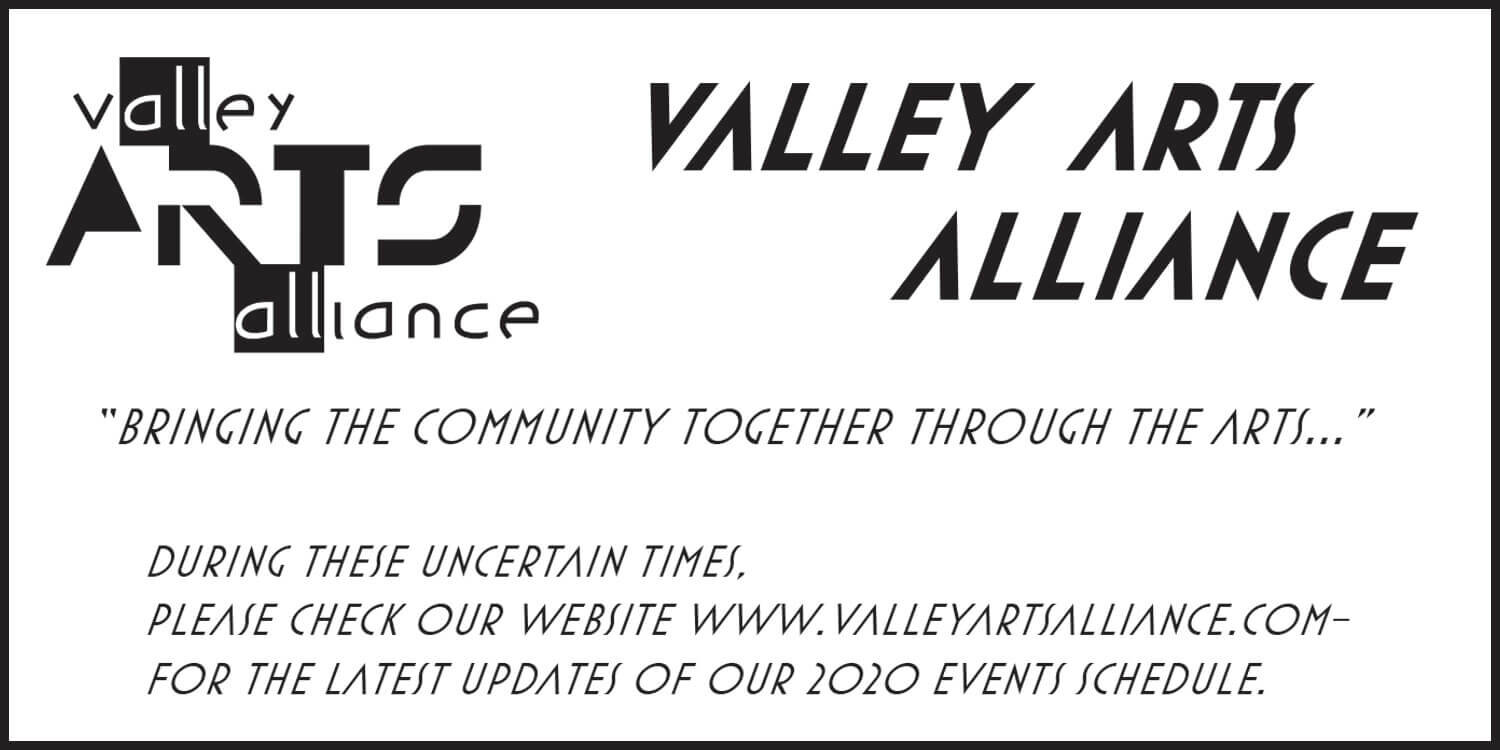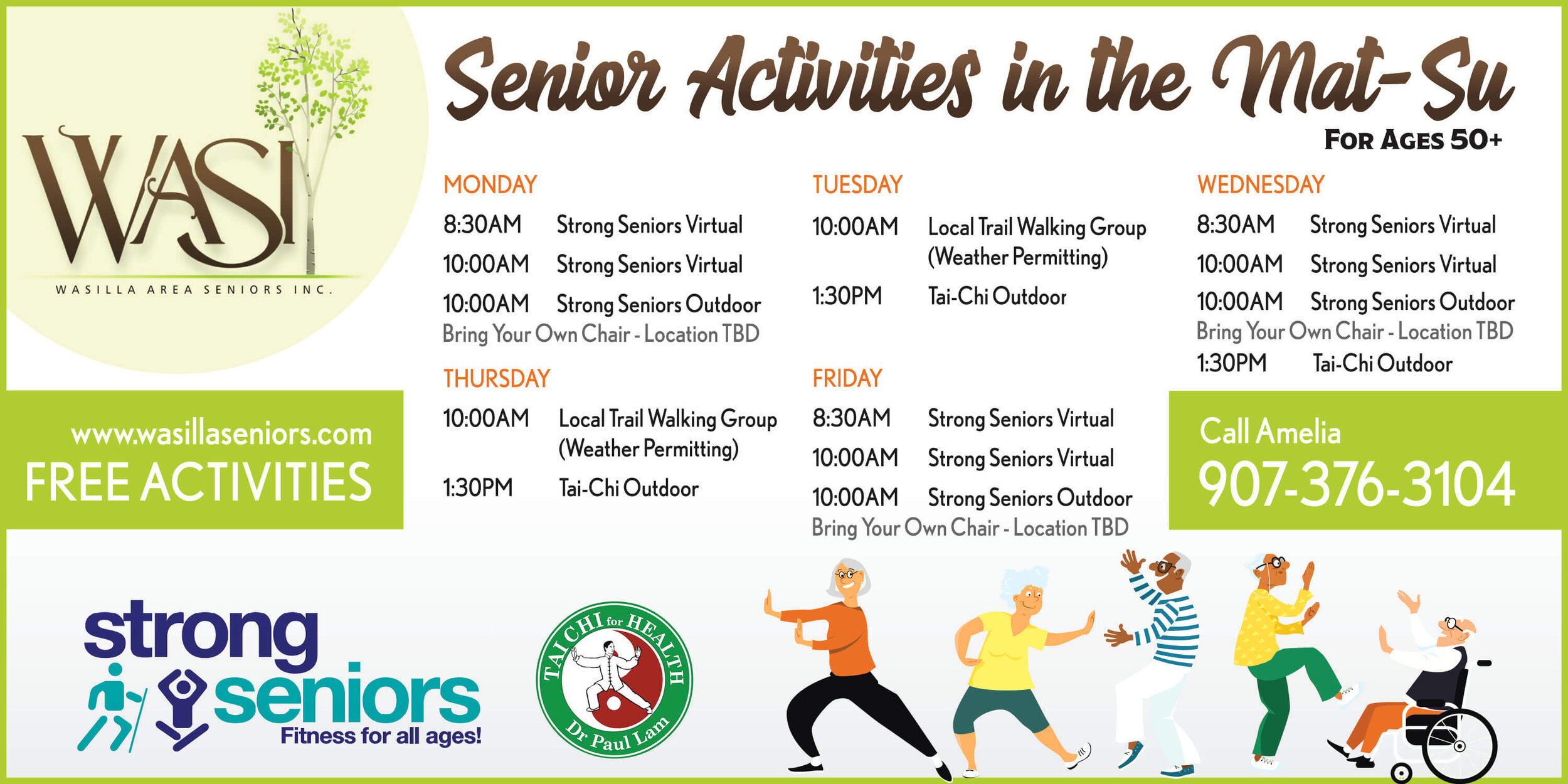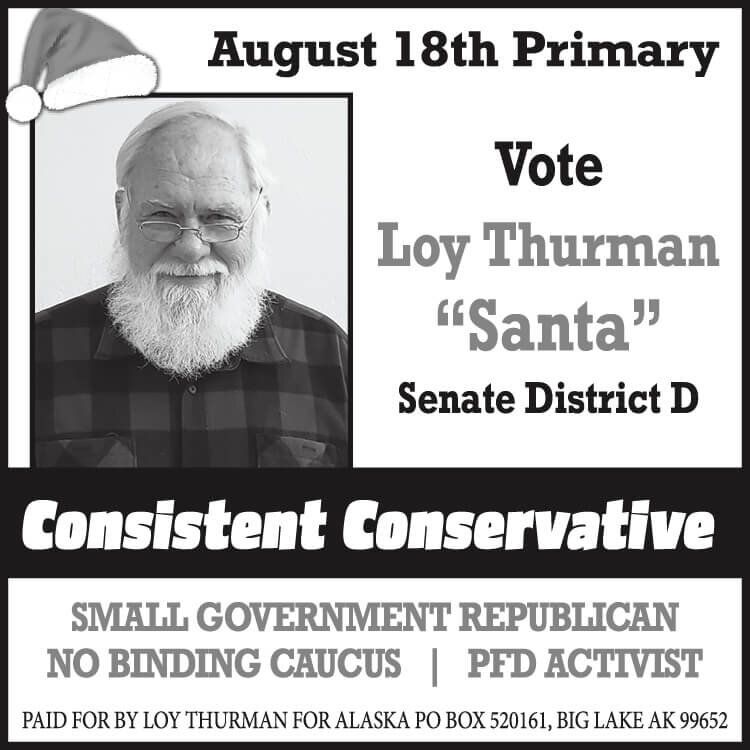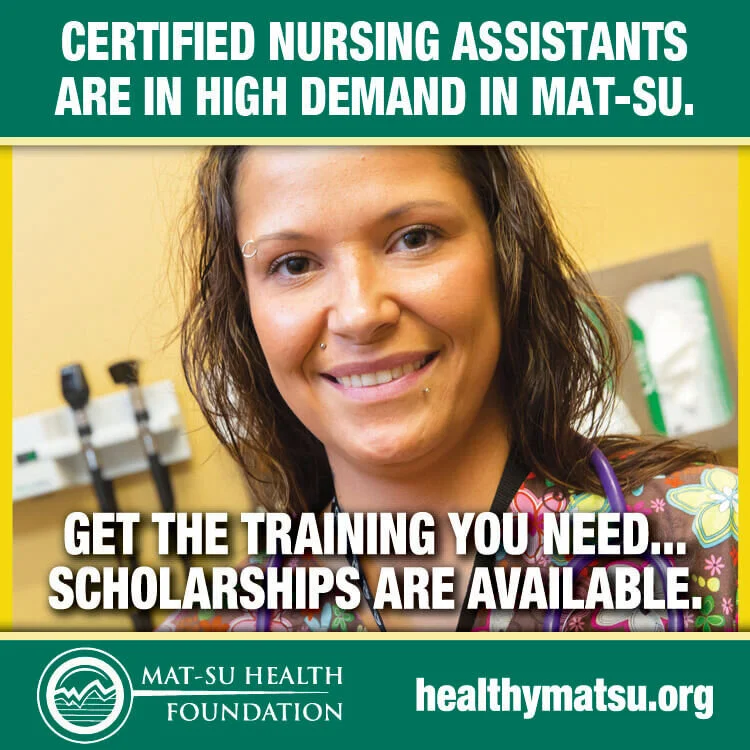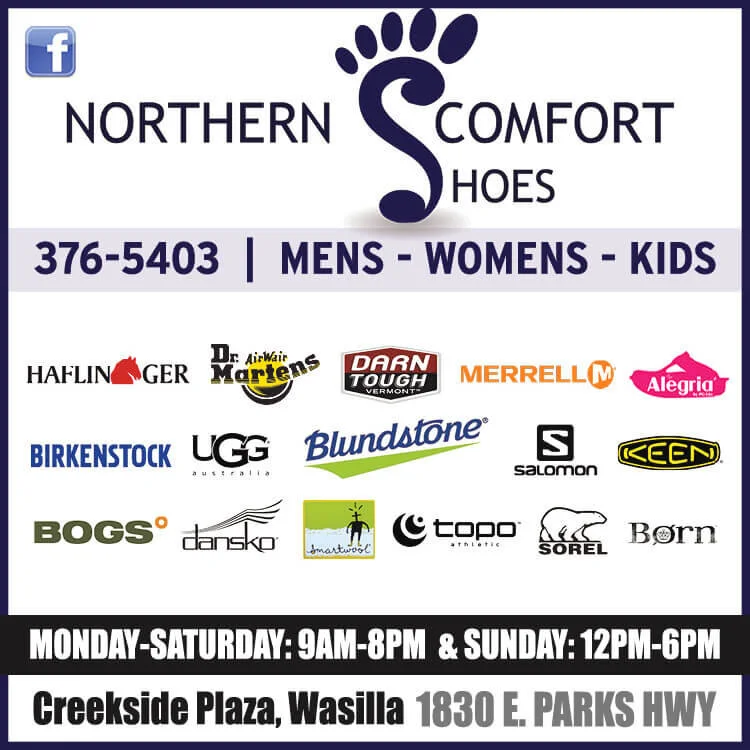Contributed by Michelle Overstreet, Executive Director of MY House
In the past several years, many high-traffic Valley intersections have been occupied by homeless people holding signs asking for money, food and “weed”. While some of the signs are humorous, and some sad, people are starting to ask, “What can we do about it?”
The best answer? We can prevent it. We can offer support and programs that are effective at offering education and job training, behavioral health services, addiction treatment and a place to “belong”. Many homeless people become hopeless and refuse support, treatment and training, instead choosing to live “free”, but are costing millions in ER visits, medical care and legal services - not to mention the human suffering. If the homeless people are difficult to rehabilitate, then we must think about how to change the outcome before they reach that point, or we are just agreeing to pay a great deal more to care for them after the fact, and perpetuating a life of crisis to crisis, which is in no way peaceful.
When the Wall Street Journal is reporting that it costs more to incarcerate a young adult for four years than it does for a degree program at Harvard. We have to think upstream and start empowering those at risk with opportunities that offer a life of stability and significance. Their journey is valued and they need to have a voice in the community that supports programs, services and funding for prevention programs.
Most states have zero funding for homeless prevention programs targeted at youth. It all comes after the fact, and requires job training, education, substance abuse and behavioral health treatment and housing. If we would divert some of that funding to youth who are from families that chronically experience homelessness, mental health challenges, addiction and a high incidence of childhood trauma and who live costly lives that are not necessarily “happy”, we could change the game for the people on the corners holding signs.
Where do we find these at-risk youth? In neighborhoods where they are hanging around outdoors or always at another family’s home because things aren’t that great at their home. At skateboard parks and other places where they can play without it costing money. In schools where they are forgotten, not picked up, struggling to have clean clothes or food, or reporting dangerous or challenging situations at home. These are not generally youth who are enrolled in summer camps, playing on costly sports teams and wearing the latest fashions. And programs that welcome upper middle-class participants often create shame for those who cannot “measure up”. Handouts are also shameful for them; they are not keen on being singled out in a crowd.
What works? Empowerment. Offering them opportunities to be significant and to hold a position of responsibility. Many are raising siblings and contributing significantly to households already, but because of their age or appearance are not considered for positions of status or responsibility. Job training confirms to them that they have fiscal value and offers them income to help support themselves and their families, breaking down the stigma that they are not worthy. And support through mentorship with men and women who understand their journey, validate their goals and dreams and help them find resources to solve problems are critical to their success.
Let’s pull together as a community and recognize the needs, offer support and direction, encourage funding for programs for underprivileged and mentor our youth away from the street corners and into Harvard or the training program of their choice. What a wonderful world this could be…


